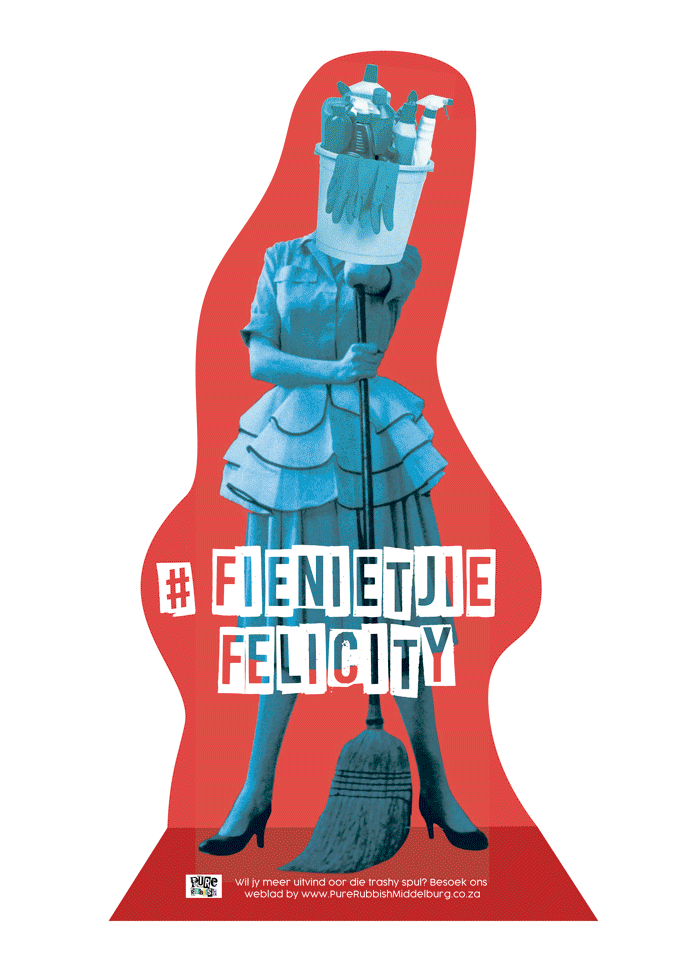Design for the Environment _ Making sustainability possible to small town communities.

Trashy neighbours family portrait

Waste management in third world countries like South Africa often lack good management and effective sustainable steps that are put into place to contribute to a cleaner and waste free world. Only 10% of all waste in SA gets recycled and the rest usually end up in overflowing landfills. Recycling for your average suburban household in SA is a big problem, as the infrastructure for collecting recyclable material isn’t really in place yet. Many people just can’t be bothered to recycle, but many would recycle if it was easier.
The purpose of creating an integrated media campaign is to create awareness, to encourage and to motivate the general public to recycle more. This design for the environment project tasks us of making recycling appealing again. When starting with the project. I looked around me at the problems I found and identified within my mediate community. I found that small town communities like my own didn’t have the opportunity to recycle as communities in bigger urban areas had and thus couldn’t contribute to a difference in a cleaner country.
Campaign Logo

The idea is to show small town communities that there is a way to work together to keep their suburbs clean, but ultimately to recycle waste to in turn care for the environment. The concept hinges on the fact that “neighbours” typically behave in ways that other neighbours don’t like or disapprove of.
By using eight stereotypical “neighbour” types, each neighbour will represent a person’s frowned-upon behaviour when it comes to trash and the disposal thereof. The goal is to see themselves in these “trashy neighbours” and ultimately change their understanding, approach and behaviour towards their own household waste recycling and to then contribute to the bigger idea of a “cleaner neighbourhood” and a cleaner planet.








Poster Series
The Campaign first initiates with posters popping up in public spaces like strip malls, schools, churches etc. and introducing the different trashy neighbours and the campaign name and tagline. In the same day, a local community paper is released with an advertisement of the campaign to get people thinking about their actions. This creates curiosity and interest in the community and has a call to action to motivate the people to visit the website to find out more about what the trashy neighbours is all about.

Newspaper Article
The website created for the initiative informs community members of the new recycling scheme the town has with Bonke Abantu and also contains information about recycling, why it is important, how to recycle, where to recycle and when the different point collections are.






Website mock-up
A container deposit scheme is put into place in public spaces with gorilla marketing placed onto it to create even more of a stir within the community to motivate people to start recycling. Invasive cardboard cutouts of the trashy neighbour-types then pops up within suburban areas and public areas to even further motivate the community members to recycle.



Sticker Collection

Cardboard Cut-outs



Example of Gorilla Marketing in effect
This leads to social media sites like Facebook and Instagram where community members can share their experiences and stories of them recycling to create the feeling of a big happy family or a sense of belonging within this community.

Facebook mock-up






